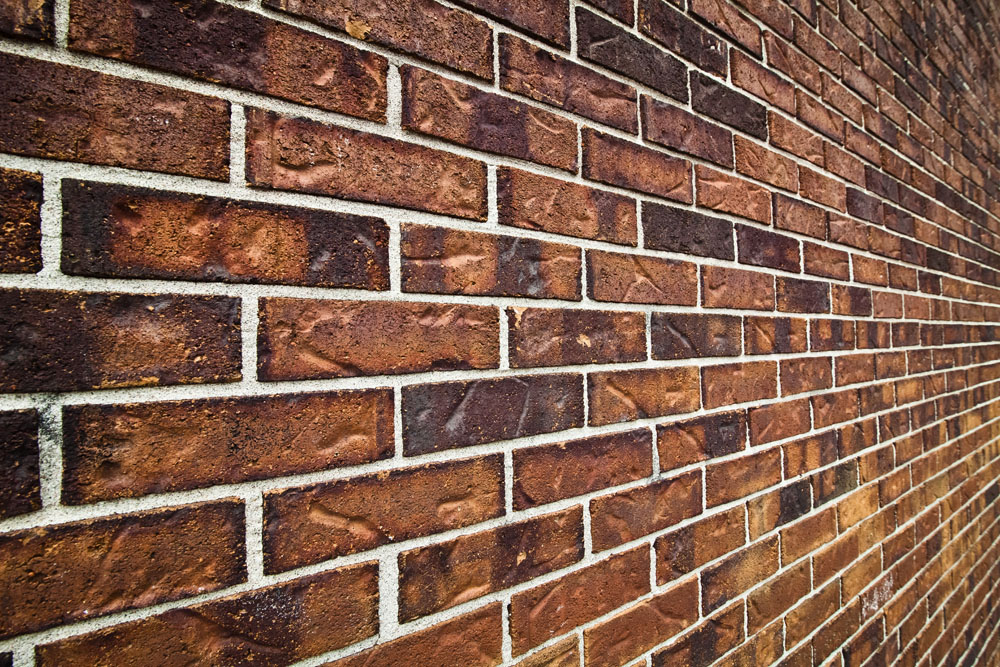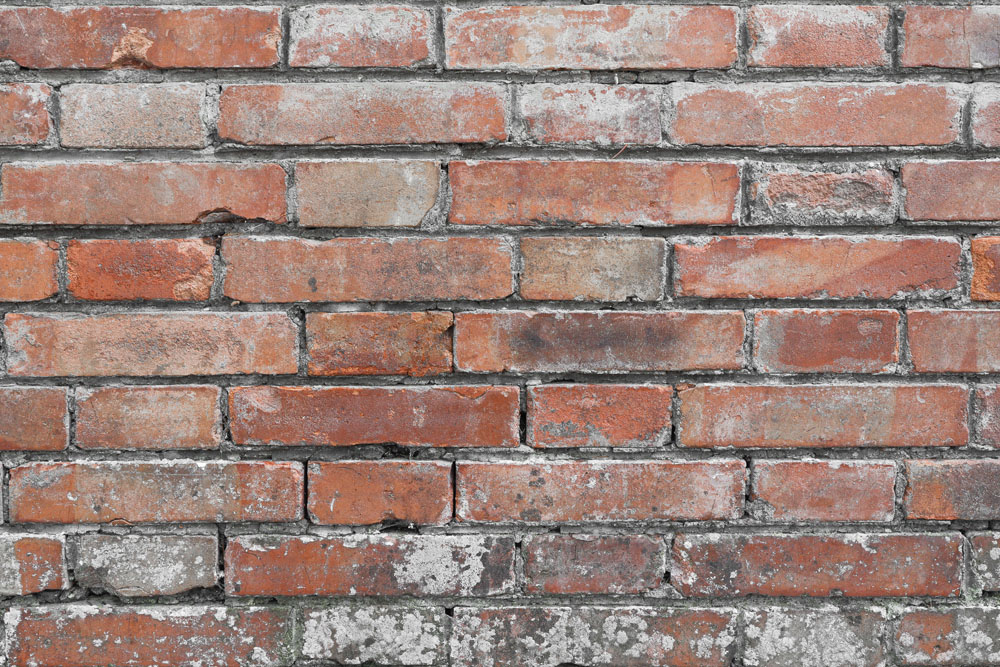Introduction
Masonry walkways have long been a staple in landscape design, offering both functionality and aesthetic appeal. From ancient Rome to modern urban environments, the evolution of masonry walkways reflects changes in architecture, culture, and technology. As we embark on this journey through time, we'll uncover the significance of these pathways, their construction techniques, materials used, and how they’ve transformed to meet contemporary needs. Stick around as we dive deep into the history and evolution of masonry walkways!
The History and Evolution of Masonry Walkways
Masonry walkways date back thousands of years. Ancient civilizations recognized the need for durable paths that could withstand weather conditions while providing an elegant means of navigation through their communities. Initially crafted from local stones or clay bricks, these walkways served practical purposes but also held cultural significance.
In ancient Rome, for instance, sidewalks were constructed with large stone slabs known as "pavimenta." These pathways not only facilitated pedestrian movement but also showcased the empire's engineering prowess. With intricate designs and careful craftsmanship, Romans laid down foundations that would inspire future generations.
Over time, as transportation methods evolved—think horse-drawn carriages to bicycles—the need for more structured and robust masonry walkways became apparent. The introduction of concrete in the 19th century revolutionized walkway construction. No longer limited to stone or brick alone, builders began experimenting with varying forms of cement mixtures that led to cost-effective solutions.
Today’s masonry walkways blend traditional aesthetics with modern functionality. They serve gardens, parks, commercial properties, and residential areas alike—often designed to complement surrounding landscapes while ensuring durability against weather elements.
The Importance of Masonry Walkways in Landscape Design
Enhancing Aesthetic Appeal
One of the standout features of masonry walkways is their ability to significantly enhance a landscape's visual charm. They're not merely functional paths; they can become artful extensions of your outdoor space.
- Design Variety: Whether you're drawn to classic cobblestones or sleek pavers lined with greenery, there's a style for everyone. Color Coordination: Various colors allow you to create stunning contrasts or harmonize seamlessly with your home’s façade.
Functionality Meets Durability
While beauty is essential, durability is equally crucial when it comes to selecting materials for masonry walkways:

- Weather Resistance: Stone and brick can handle harsh weather conditions without losing integrity. Low Maintenance: Unlike other materials that may require frequent replacement or repair.
Materials Used in Masonry Walkway Construction
Traditional Materials
Natural Stone ramosmasonry.com- Granite: Known for its resilience and luxurious appearance. Slate: Offers rich colors but requires careful installation due to its brittleness.
- Often used due to their availability and ease of handling. Can be arranged in various patterns for visual interest.
Modern Materials
Concrete Pavers- Highly customizable in shape and color. Durable and often interlocking for added strength.
- Eco-friendly options are becoming increasingly popular. Includes repurposed bricks or stones from old buildings.
The Construction Process: How Masonry Walkways Come to Life
Building a masonry walkway involves several steps that combine artistry with engineering practices:
Planning Your Layout
Before laying any stones or bricks:
- Measure your space accurately. Plan your design—straight paths versus curves can affect flow.
Preparing the Base
A solid foundation is vital:
- Excavate the area where you’ll build the walkway. Lay down gravel or sand as a base layer for drainage.
Laying Down the Stones/Bricks
Carefully place your chosen material:

- Ensure even spacing between pieces for stability. Use a level frequently to maintain consistency.
Finishing Touches
Once installed:
- Fill gaps with sand or soil. Seal if necessary to protect from moisture damage.
Design Trends in Masonry Walkways Today
As preferences shift towards sustainable living and innovative designs, new trends emerge within masonry walkway construction:
Eco-Friendly Designs
Sustainable practices are gaining traction:
- Incorporating permeable pavers helps manage rainwater runoff effectively.
Integrated Lighting Solutions
Illuminating pathways not only adds safety but enhances ambiance:
- Embedded LED lights can make evening strolls magical!
Masonry Walkway Patterns: Creativity Unleashed!
When it comes to designing a masonry walkway, creativity knows no bounds! Here are some popular patterns:
Herringbone: Timeless elegance that combines diagonal lines for visual interest. Basketweave: Alternates two different types of stones creating dynamic textures. Running Bond: Simple but effective; useful in tight spaces where complexity isn’t needed.Maintenance Tips for Your Masonry Walkway
To ensure longevity and beauty over time:
1. Regular Cleaning
Sweeping away debris prevents stains from forming while also maintaining its pristine look!
2. Sealing
Consider sealing porous materials every few years; this helps resist moisture absorption which can lead to cracking over time.
3. Repair Cracks Promptly
Addressing minor damages quickly prevents larger issues down the line; use appropriate fillers designed specifically for masonry work!
Cost Considerations When Installing Masonry Walkways
Creating your dream pathway does come at a price! Factors impacting costs include:
| Factor | Description | |--------------------|---------------------------------------| | Material Choice | Natural stone vs concrete affects pricing significantly | | Size | Larger areas require more materials increasing overall cost | | Installation Method | DIY vs hiring professionals will vary expenses |
Being mindful about budgeting beforehand ensures you achieve desired results within financial constraints!

The Cultural Significance of Masonry Walkways Throughout History
Masonry walkways go beyond mere physical structures; they represent cultural values across different societies:
1. Historical Landmarks
Many ancient pathways still exist today—functioning not just practically but symbolically connecting us back through time!
2. Community Gathering Spaces
In various cultures worldwide (think public squares), these walkable areas foster social interaction among community members enhancing collective identity building experiences!
FAQs About Masonry Walkways
Q1: What are masonry walkways? A1: Masonry walkways refer to paths made using durable materials such as stone or brick designed primarily for foot traffic while enhancing landscape aesthetics.
Q2: How long do masonry walkways last? A2: With proper maintenance, masonry walkways can last decades—some even centuries depending on quality installation methods used initially!
Q3: Are there eco-friendly options available? A3: Absolutely! Permeable pavers made from recycled materials are excellent choices promoting sustainability while maintaining structural integrity over time!
Q4: Can I install a masonry walkway myself? A4: Yes! However careful planning & execution is required; many choose professional help if unsure about skills needed during construction phases involved.
Q5: How do I maintain my walkway? A5: Regular cleaning coupled with sealing porous surfaces keeps them looking great—address cracks promptly too!
Q6: What styles work best for small gardens? A6: Opting for narrower pathways using herringbone patterns maximizes space efficiently while adding character without overwhelming visuals present elsewhere around flowerbeds etc…
Conclusion
The history and evolution of masonry walkways reveal much about human ingenuity across ages—from rudimentary paths paved by hand during ancient times up until today’s sophisticated designs merging beauty functionally! Embracing these trends doesn’t just elevate outdoor spaces aesthetically—it fosters connections among people navigating together through shared environments built upon tradition yet continuously evolving Ramos Masonry forward into future possibilities awaiting exploration ahead! So whether you're strolling through an ancient Roman forum or taking a leisurely weekend hike on your own property… remember beneath our feet lies centuries worth experience captured within every step taken along those majestic timeless trails known fondly as “masonry walkways.”